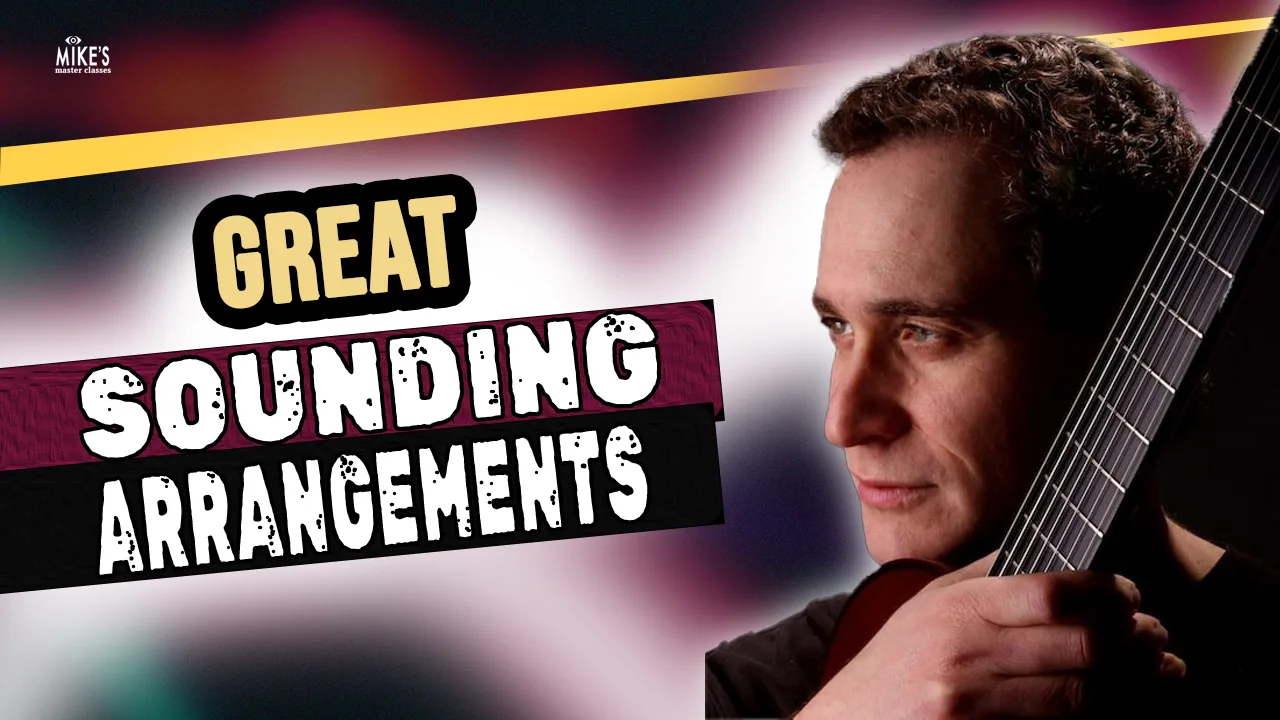Description
Desc:
Chord-Melody 101/201 Class Content | Steve Herberman
Chord-Melody 101/201: Making Great Sounding Arrangements with Block Chords
With TAB and standard notation.
You already know a handful of cool sounding voicings but chord-melody arrangements may still be tough. Ever listen to Wes Montgomery’s few unaccompanied chord solos and marvel at how beautiful they are in their simplicity yet they sound so incredible? You may recognize every chord shape Wes is playing, (mostly drop 2 and drop 3 inversions) but how did he arrange it to be so musically satisfying? I’ll offer my insight to this important question and others, recorded live so that questions can be asked at anytime during the recording!
Using the tunes “The Days Of Wine and Roses” and Horace Silver’s “Peace” we’ll compare a variety of choruses on my arrangements included in the class materials (in TAB and/or chord diagram form as well as standard notation.) We’ll look deeply into arranging chord solos that use common chord forms but incorporate some very important musical devices and theory/harmonic principles. Some of these include phrasing (rubato and tempo), the many types of chord substitution principles; introducing color tones or extensions to common chord shapes, changing chord qualities, approach chords, tritone subs, line clichés, and more. Simple yet effective harmonic devices will be shared, the ones you hear the greats use; stock chordal phrases and the more creative ones, along with the theory behind what makes them work. Often simple chromatic motion within a chord form can go a long way in creating interest when the melody is at rest. At times the music may call for dense chords, or inversely, sustained chords with melody notes played over top. We’ll also examine some simple types of single note fills that can be incorporated into an arrangement. If arranging chord-melody has been slow going, I hope you’ll join me for an insightful look into what makes a simple chord solo work.
| Chord-Melody 101/201 | |||
| Chord-Melody 101/201 | 01:34:00 | ||


